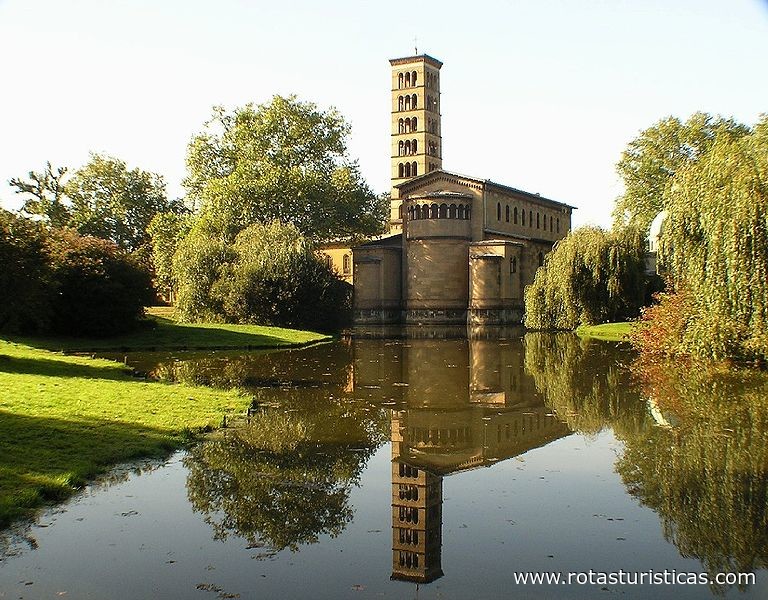Berlim, Berlim, Germany
Suggest Place to Visit
3518
Track to location with GPS |
 |
The Protestant Church of Peace (German: Friedenskirche) is situated in the Marly Gardens on the Green Fence in the palace grounds of Sanssouci Park in Potsdam, Germany. The church was built according to the wishes and with the close involvement of the artistically gifted King Frederick William IV and designed by the court architect, Ludwig Persius. After Persius' death in 1845, the architect Friedrich August Stüler was charged with continuing his work. Building included work by Ferdinand von Arnim and Ludwig Ferdinand Hesse also.
The cornerstone of the churchhouse was laid on April 14, 1845. The building was dedicated on September 24, 1848, though construction continued until 1854. The structure resembles a High Italian monastery.
The church is a columned basilica with three naves and no transept, with a free-standing belltower. The 13.5 m high central nave overlaps the side aisles, which are half as wide. An arcade of central arches mark the crossing point. An etching of the Basilica di San Clemente in Rome made by early Christians resembles a draft design of the Potsdam church.
The religious Frederick William IV desired a flat coffered ceiling on the inside, with gold stars on a blue base painted on the panels. The king saw the design of early Christian sacred buildings, converted from market and court halls, as particularly appropriate.
An original Venetian mosaic from the early 13th century decorates the church's apse. It was originally in a church in San Cipriano on Murano, Venice until its abandonment. While he was crown prince Frederick William had it bought at auction for 385 thalers and brought to Potsdam by channel.
The display shows the enthroned Christ with the Book of Life, the right hand upheld in blessing. At each side stand Mary and John the Baptist. Next to them stand the apostle Peter and Saint Cyprian, martyred by beheading in 258 and patron saint of Saint Cipriana, wearing chasubles. As an allegory for the Holy Spirit, a pigeon decorates the vertex of the hemisphere. Over the heads of the archangels Raphael and Michael a lamb shines as a symbol of Christ. On the semicircle of the Apse a Latin inscript reads, according to Martin Luther's translation: "Lord, I have love for the site of your house and the place where your glory resides".
The altar canopy, which rests on four dark green columns, was created from Siberian jasper (semi-precious stones) and was a gift from Tsar Nicholas I of Russia, the king's brother in law. It was installed in the Church of Peace in 1842.
In the right-hand aisle lies the former baptistery. The six-sided baptismal stone was relocated in 1965.
The counterpart to the baptistery is the sacristy in the left-hand aisle. After the death of Frederick William IV it was used temporarily as a mausoleum for him and for other deceased members of the House of Hohenzollern. The son of Emperor Friedrich III and his wife Empress Victoria, as well as the Princes Sigismund and Waldemar, were entombed here until 1892. In 1920 the youngest son of Wilhelm II, the last Emperor of Germany, was interred in the sacristy. After 1931 he was moved to the Antique Temple.
Under two marble tablets, embedded in the ground in front of the steps of the altar room, the royal crypt can be found. Frederick William IV died following several strokes on 2 January 1861, and following the dedication of the crypt in October 1864 his coffin was placed there. The heart of the king, however, rests in the mausoleum of Charlottenburg Palace in Berlin. He was laid in the ground at the feet of his parents, King Frederick William III and Queen Louise.
In 1873 his wife Elisabeth Ludovika followed him to the grave. Both coffins, made out of English tin, carry the same inscript as the marble plates in the church floor: "Here he rests in God, his Redeemer, in the hope of resurrection in the soul and a merciful judgment, justified solely by the service of Jesus Christ our most holy Savior and Only Life ".
In the year of the crypt's dedication, the flooring of the church was completed as Frederick William IV had wished; the design is an intricately interleaved endless ribbon which represents eternity.
The free-standing, 42 m high campanile (belltower), on the southern side, is based on the design of the campanile of Santa Maria in Cosmedin in Rome. An aedicula (column-bearing dais) on the east side bears the fresco "Jesus in Gethsemane" by Eduard Steinbrück. The tower has seven open floors. The four bells, named Gratia, Clementia, Pax and Gloria, sound from the third floor above the clockwork. In 1917 and 1945 they were all taken from the tower to be melted down for the war effort, but escaped this unhappy fate.
An open porch (narthex) across the western side of the portal opens into an inner courtyard (atrium). The larger-than-life statue of Christ on the fountain is a copy of the original marble, created in 1821 by Bertel Thorvaldsen, in the Copenhagen Church of Our Lady. The ancient Greek inscript on the edge of the fountain reads: "Cleanse thyself of thy sins and not just thy face". An arcade surrounds the inner courtyard.
Comments
We don´t have yet any comments about:
Church of Peace
Church of Peace
Be the first to leave a comment as it is very important to inform other people
Outros locais a visitar
Within a radius of 20 km from:Church of Peace
Parco Sanssouci |
| 0,7 Km |
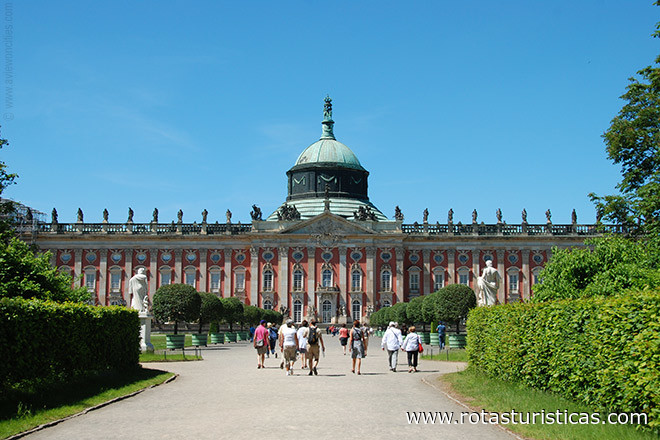 |
Chiesa del Redentore |
| 0,8 Km |
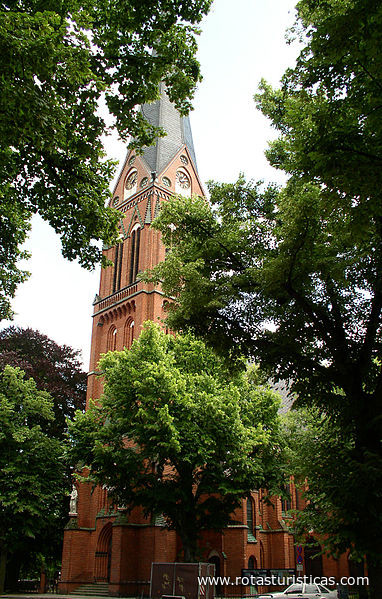 |
Rovine di montagna |
| 1,0 Km |
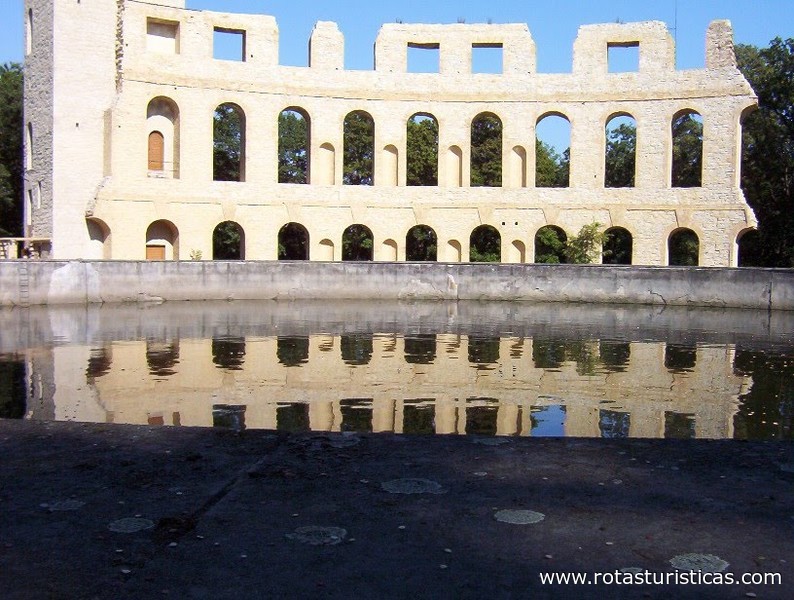 |
giardino botanico |
| 1,2 Km |
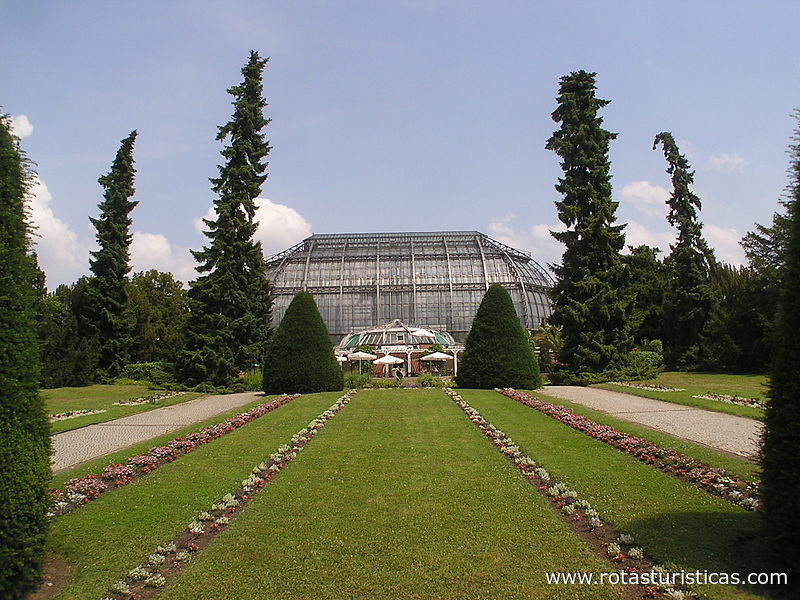 |
Museo del cinema di Potsdam |
| 1,2 Km |
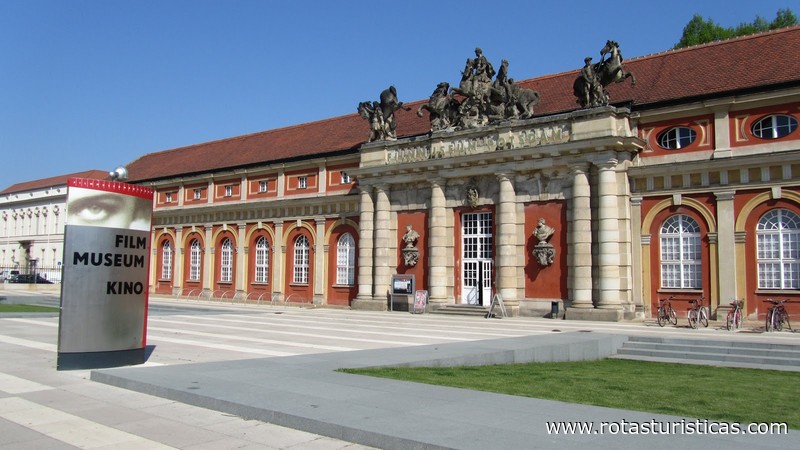 |
Chiesa di San Nicola |
| 1,3 Km |
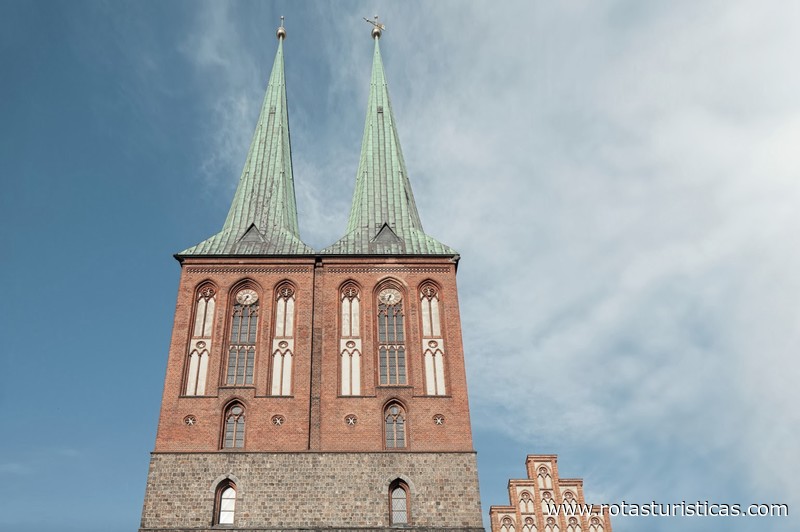 |
Castello di Charlottenhof |
| 1,4 Km |
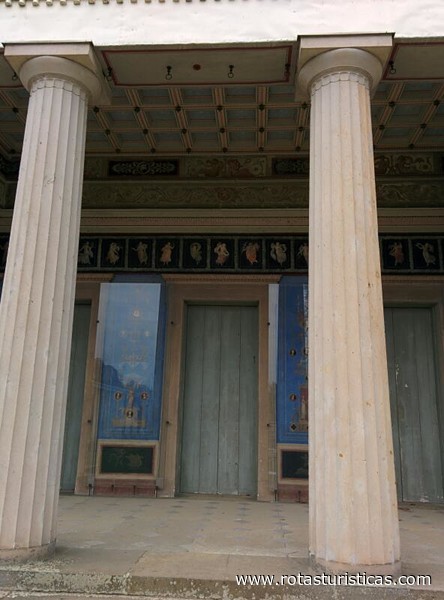 |
Parkland New Garden |
| 1,6 Km |
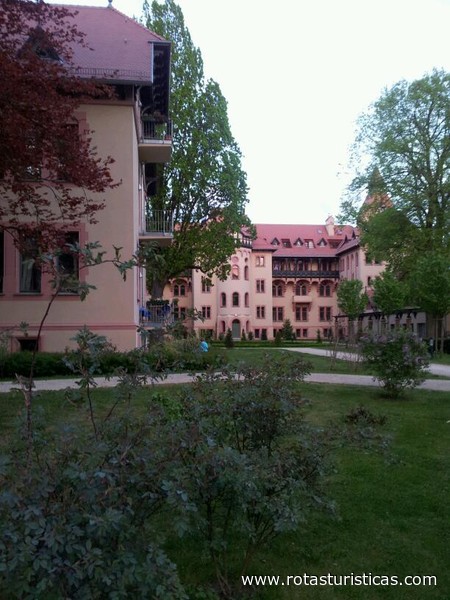 |
Nuovo palazzo |
| 1,9 Km |
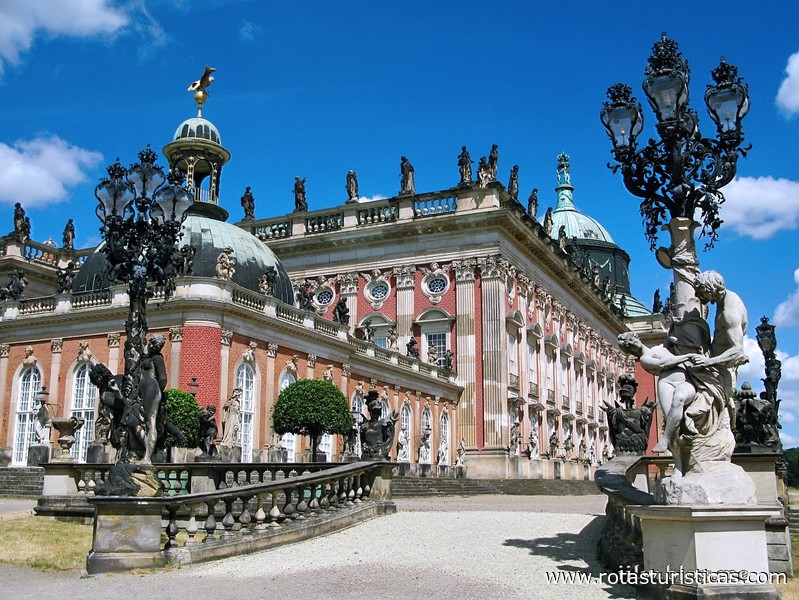 |
Potsdam in piedi |
| 2,0 Km |
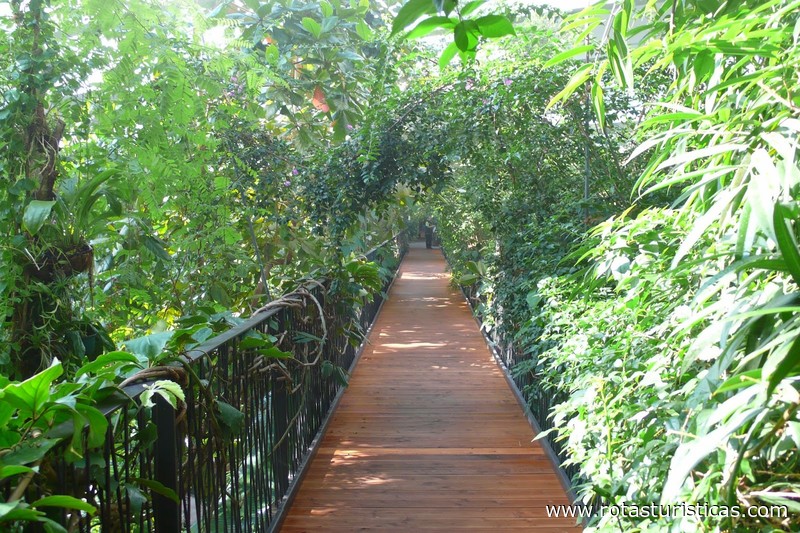 |
Volkspark Potsdam |
| 2,4 Km |
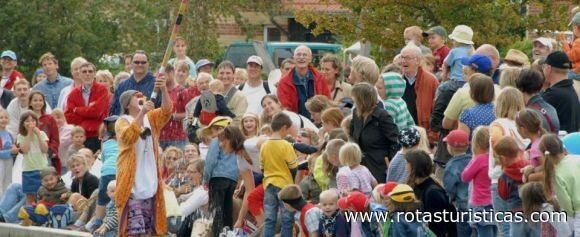 |
Parco Babelsberg |
| 3,2 Km |
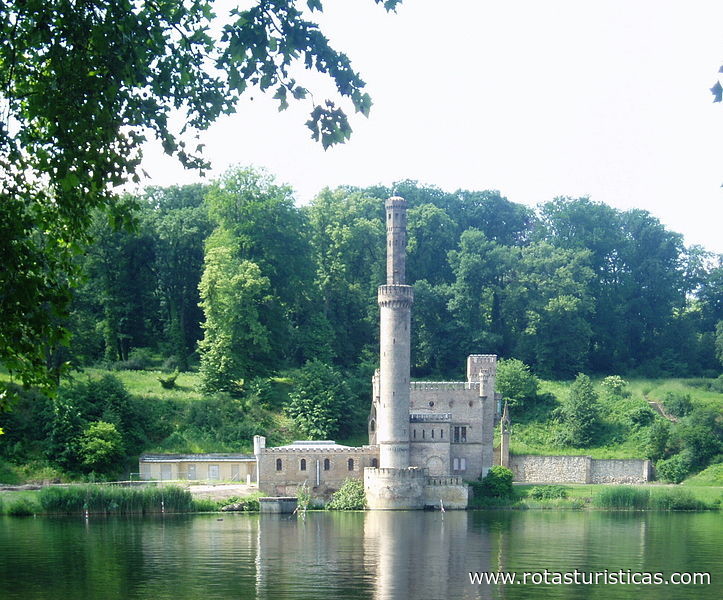 |
Chiesa del Redentore |
| 4,5 Km |
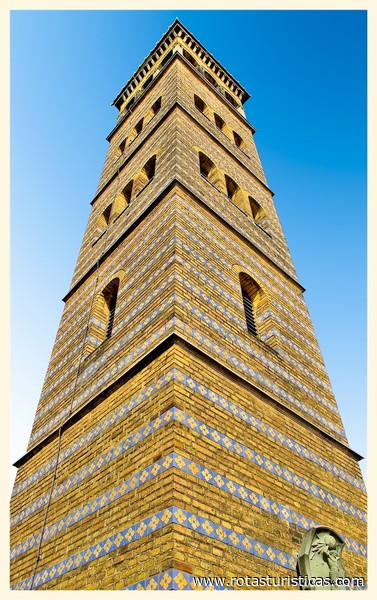 |
Castello di Sacrow |
| 4,6 Km |
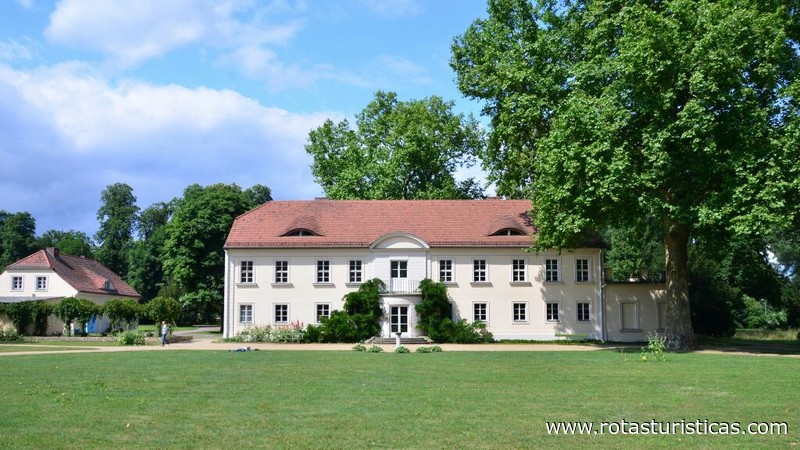 |
San Pietro e Paolo |
| 5,7 Km |
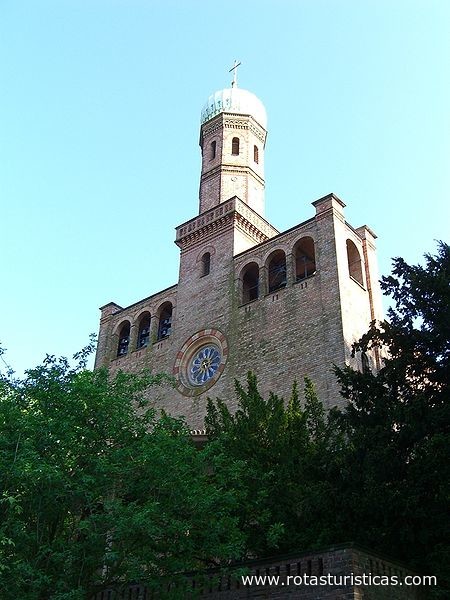 |
Castello di Marquardt |
| 8,4 Km |
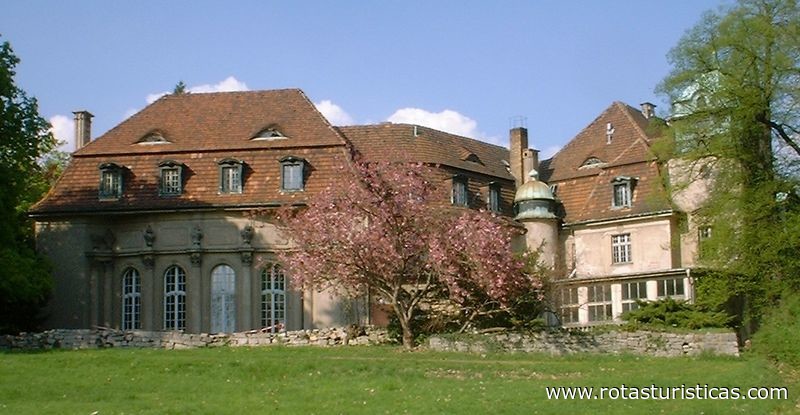 |
Liebermann Villa |
| 8,8 Km |
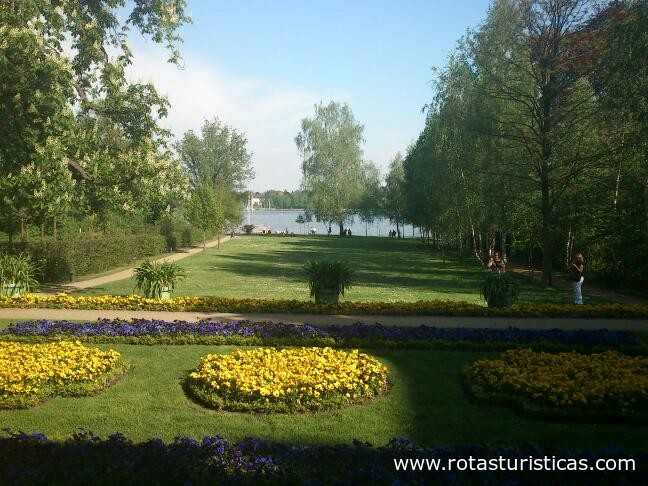 |
Casa della Conferenza di Wannsee |
| 9,0 Km |
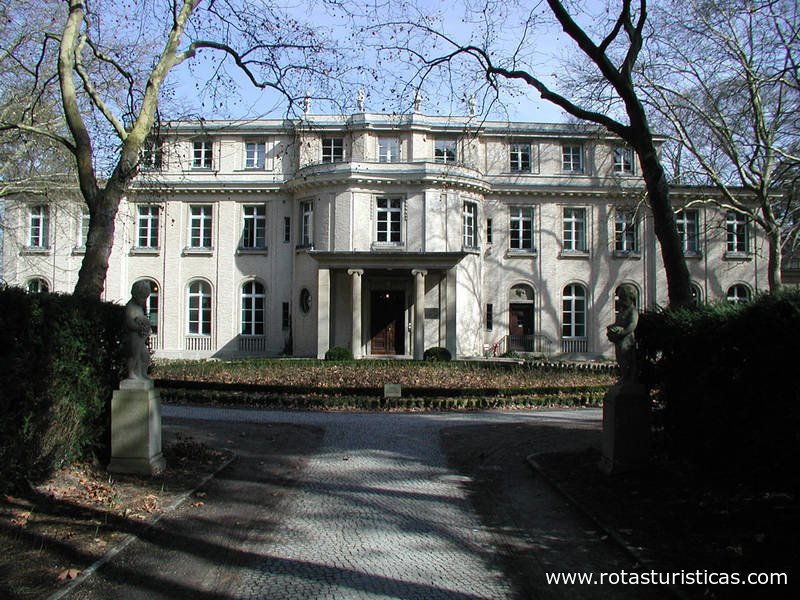 |
Wannsee lido |
| 10,1 Km |
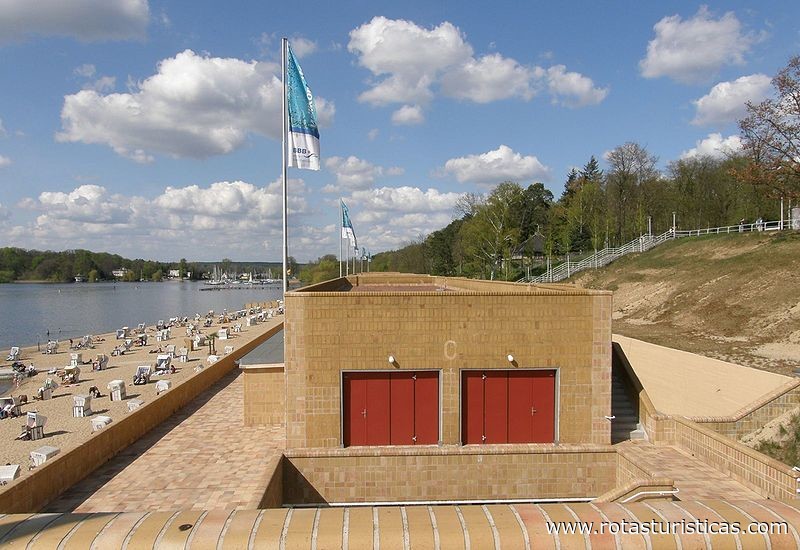 |
Residenza di caccia di Grunewald |
| 16,5 Km |
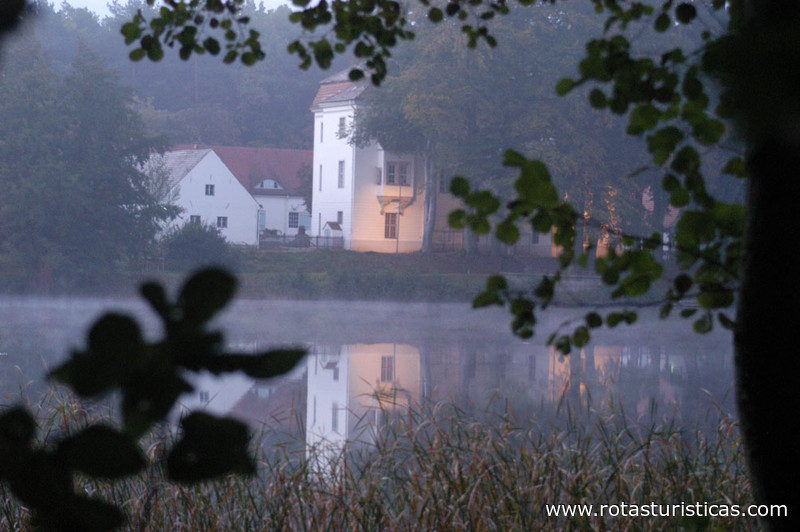 |
Museo alleato |
| 16,7 Km |
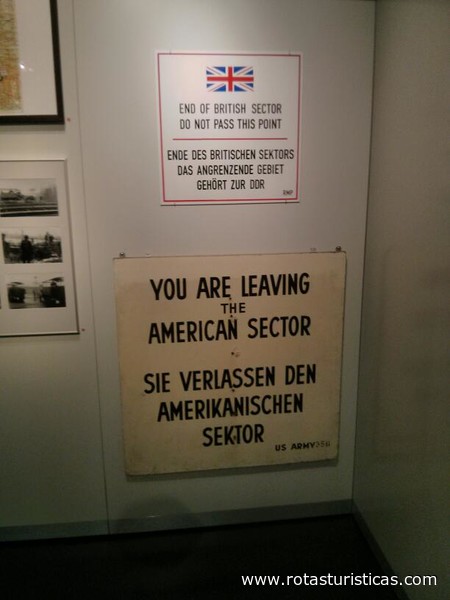 |
Museo del ponte |
| 17,3 Km |
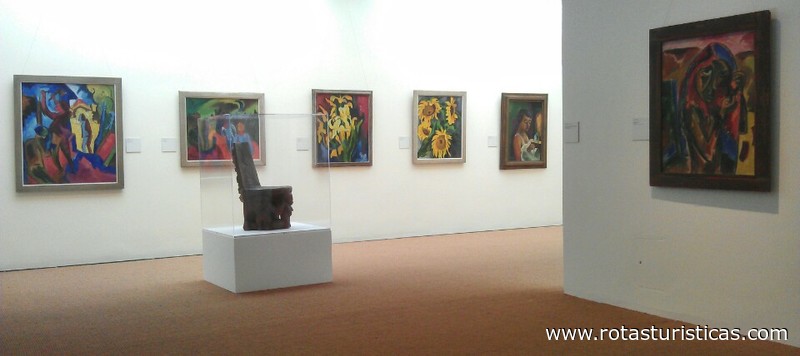 |
Dominio Dahlem |
| 17,8 Km |
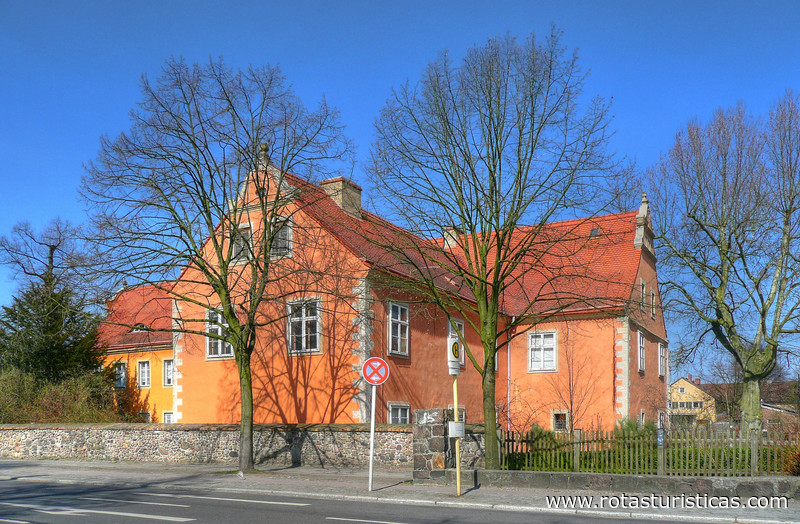 |
Museo di arte asiatica |
| 18,0 Km |
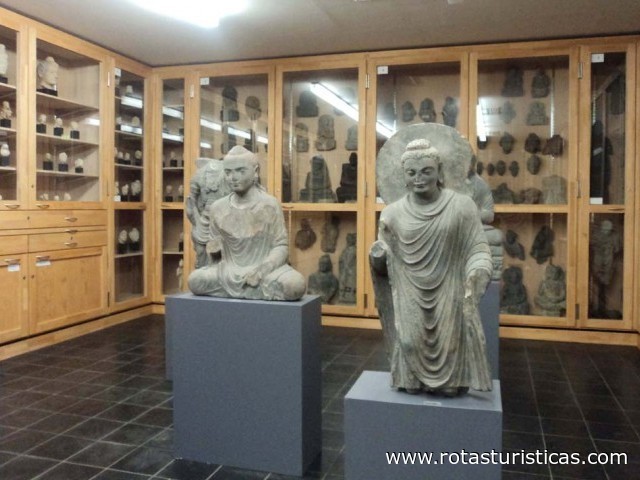 |
Musei Dahlem |
| 18,0 Km |
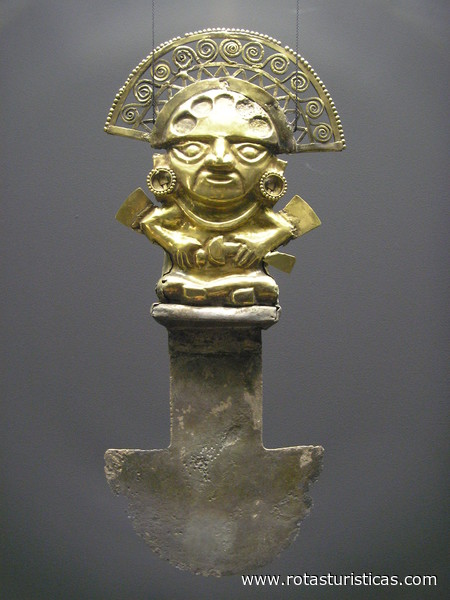 |
Museo Etnologico Dahlem |
| 18,0 Km |
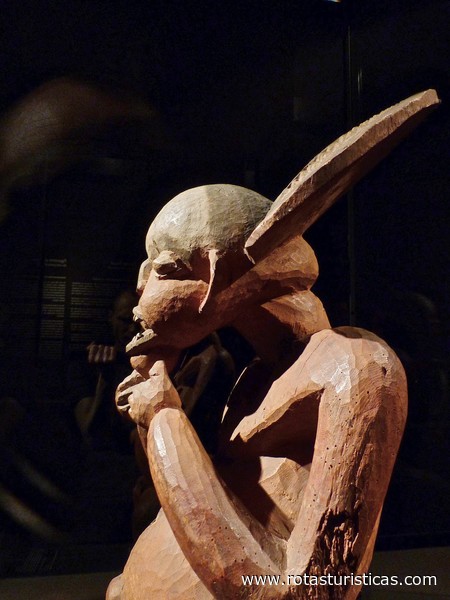 |
Kristall nuoto e centro benessere Ludwigsfelde |
| 18,2 Km |
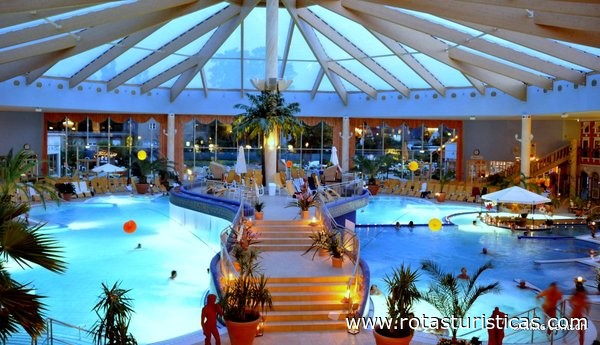 |
Chiesa di Grunewald |
| 18,2 Km |
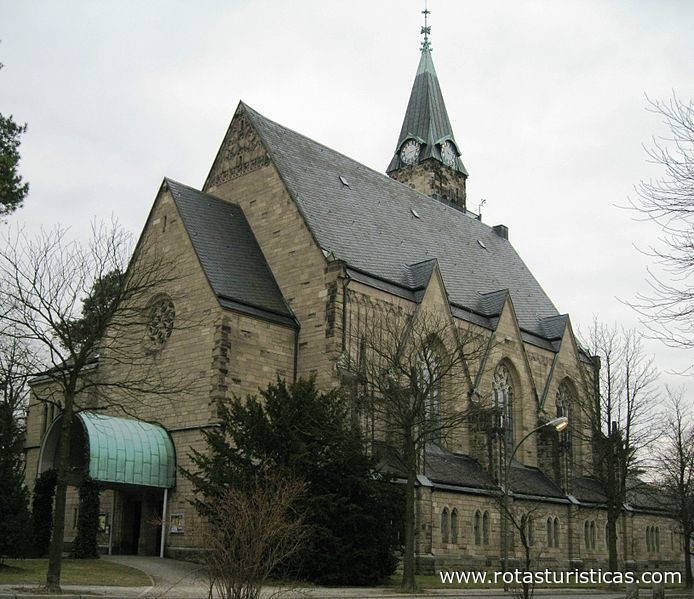 |
Cimitero di Heerstrasse |
| 18,6 Km |
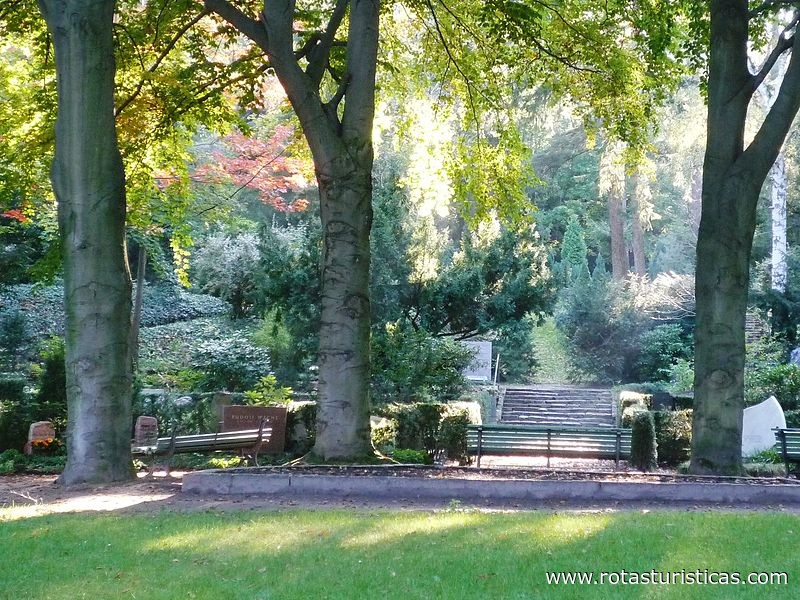 |
Museo Georg Kolbe |
| 18,8 Km |
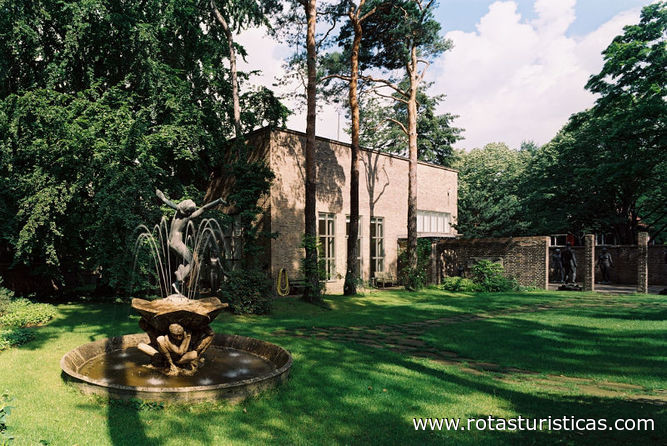 |
Giardino botanico e museo botanico di Berlino-dahlem |
| 18,9 Km |
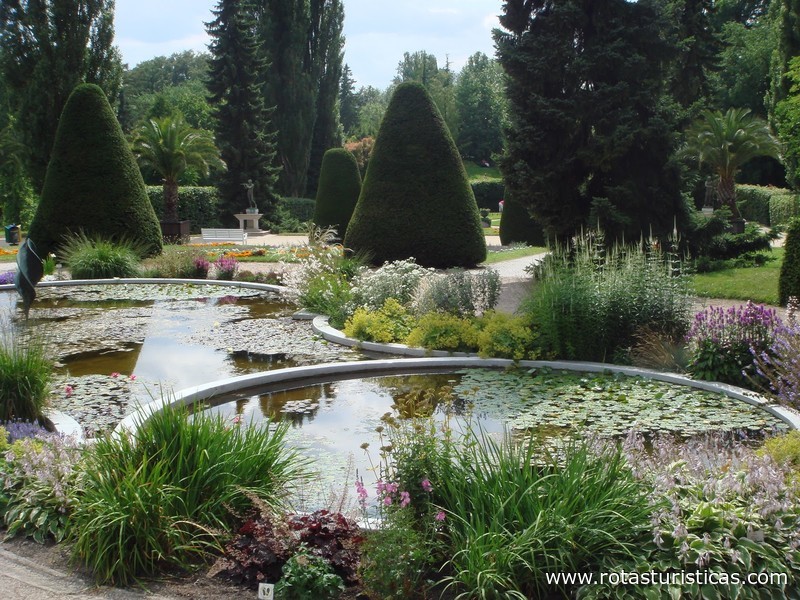 |
Cittadella di Spandau |
| 19,2 Km |
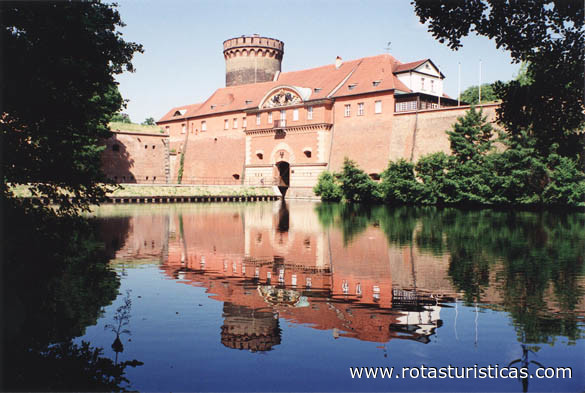 |
Hotel reservation near Church of Peace within a radius of 20 km
Why to book with ROTTA TURISTICA
The best prices
Our partnerships with the world´s largest operators offer research on the best market prices.
More options
At Rotas Turisticos you can book the hotel, buy the air ticket, book the transfer from the airport to the hotel and vice versa, book the local excursions, rent the car, take travel insurance and consult the places to visit and where to go.
Holiday Tips & Destinations
Hundreds of holiday destinations with all the options that allow you to easily choose the destination that best suits your dream vacation.
ROTTA TURISTICA
Links


